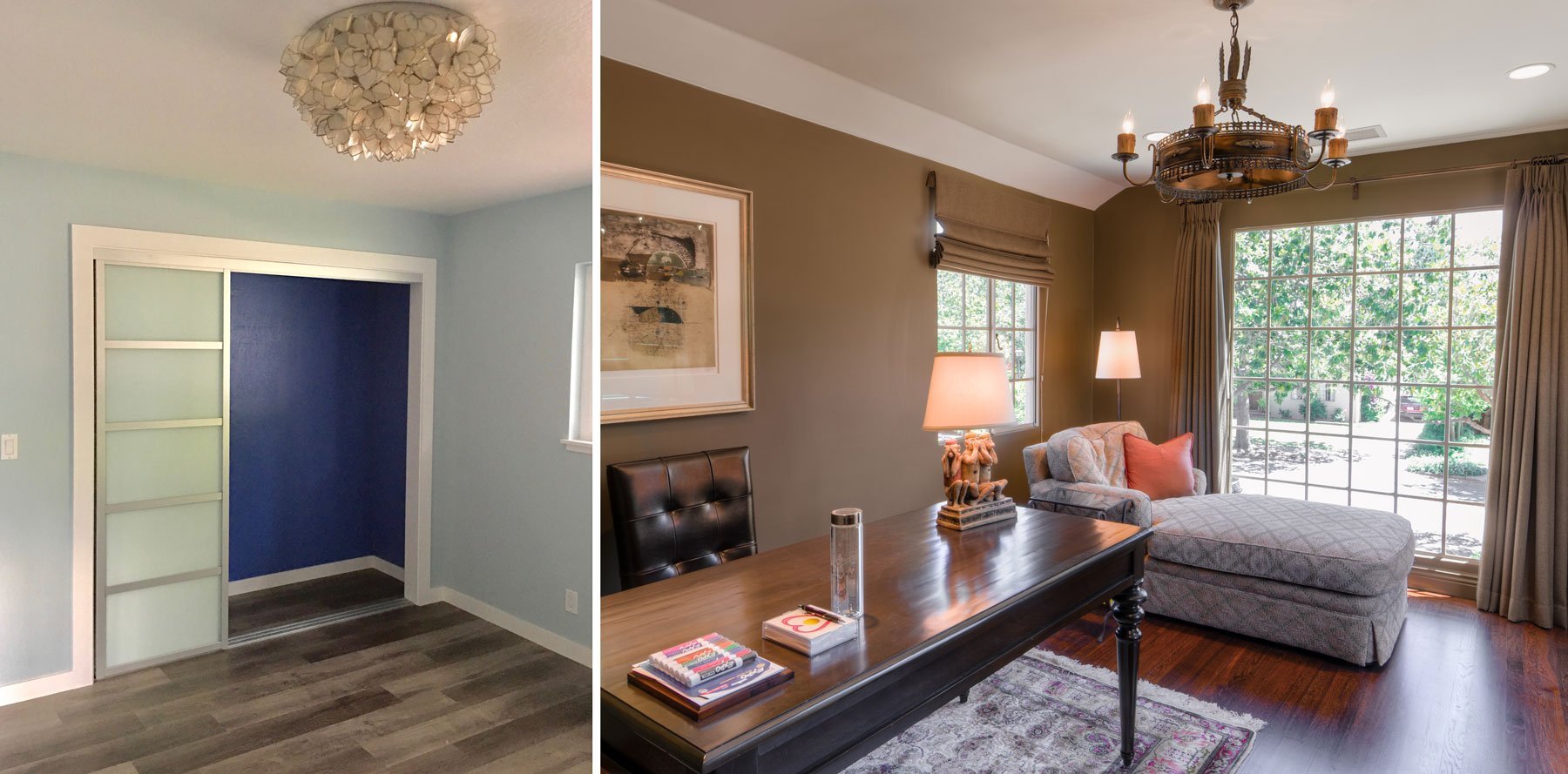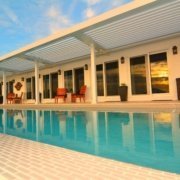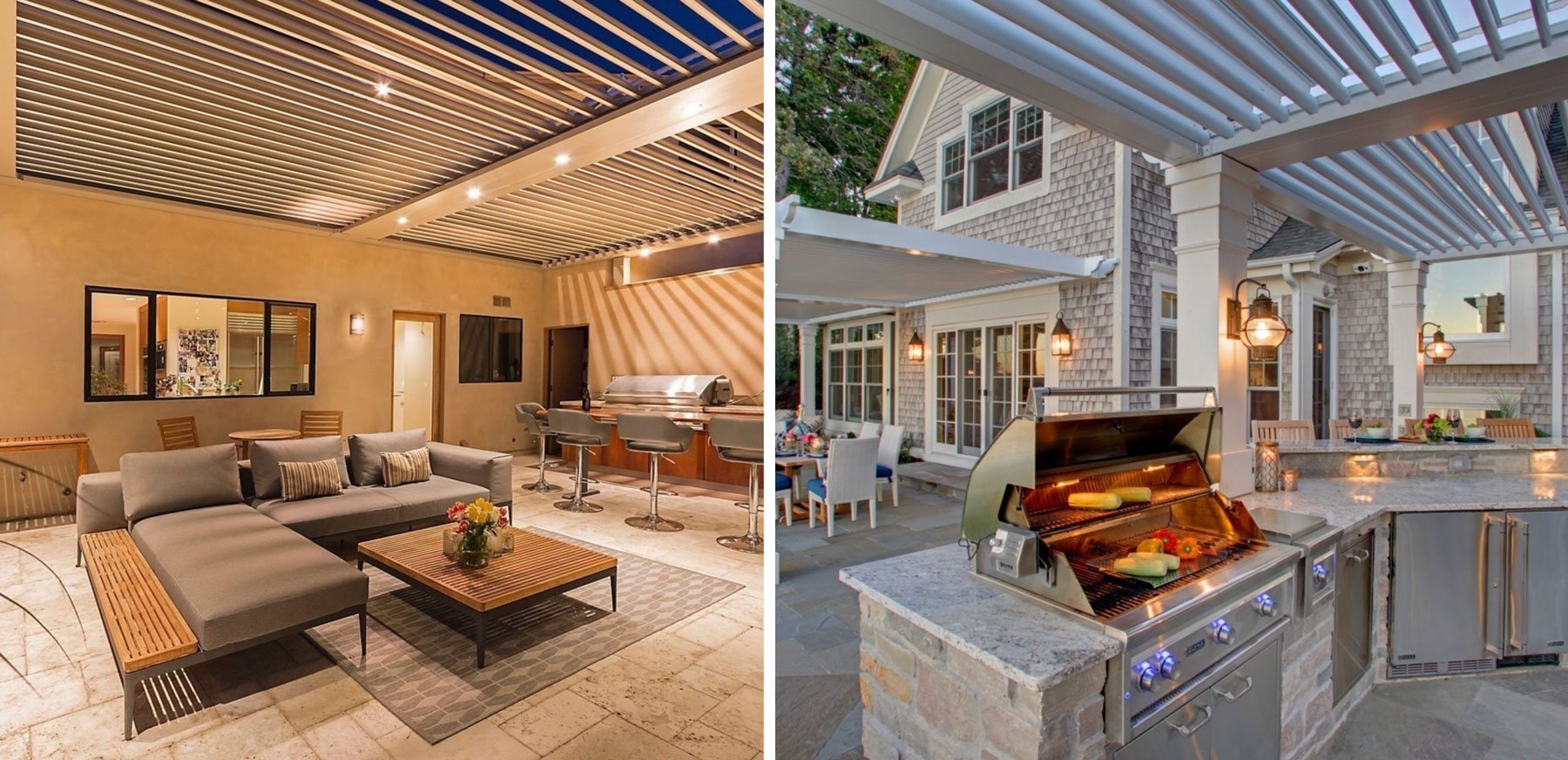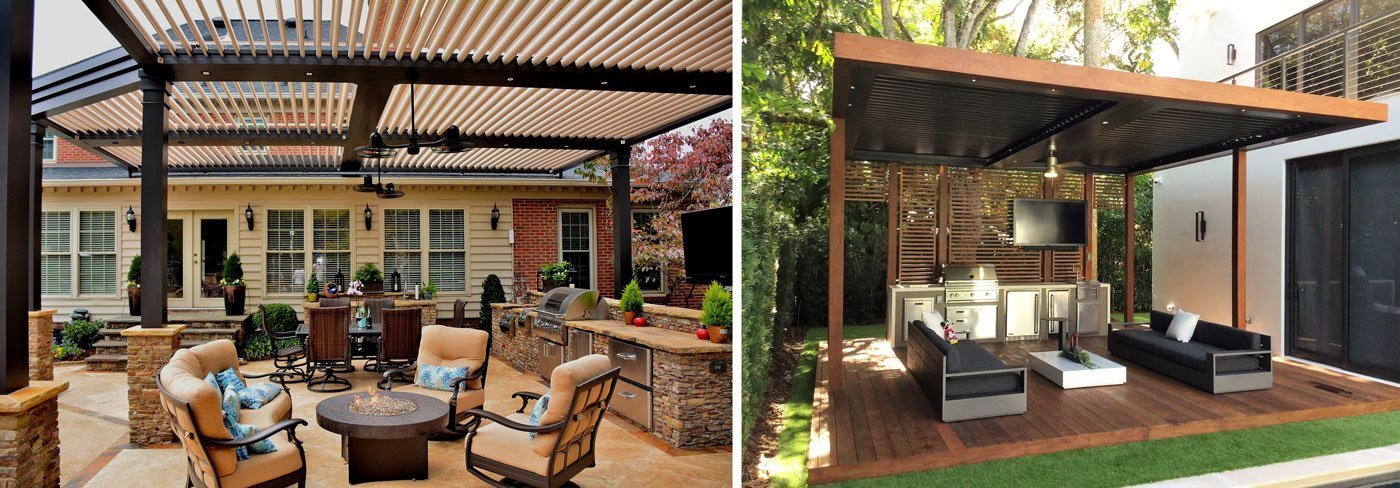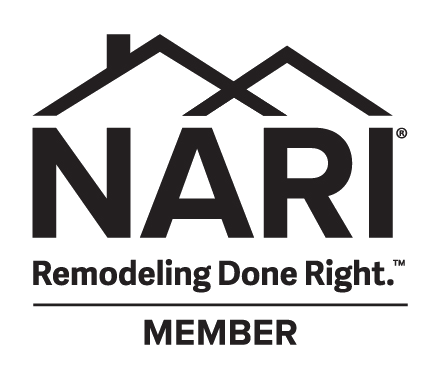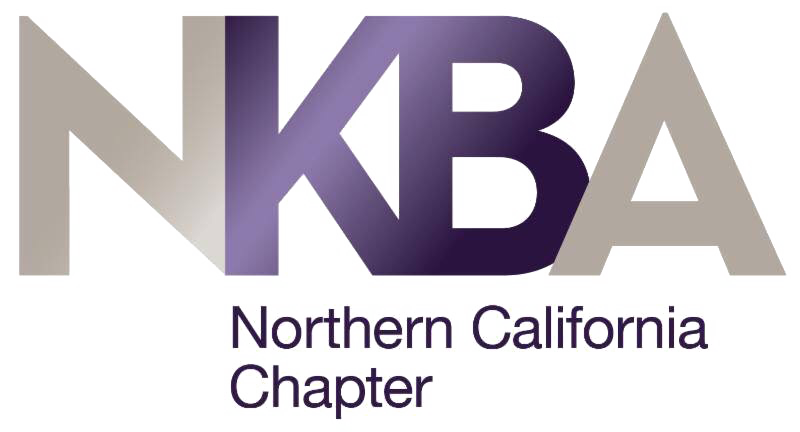Designing A Roof With Curb Appeal
We’ve all driven by houses that have that certain something. These welcoming, attractive homes have that much sought-after moniker referred to as curb appeal. All of the exterior elements come into play – landscaping, color of the house, entry door, windows – to create a cohesive and inviting appearance. Yet there is one important element we don’t often consider when it comes to curb appeal: the roof.
Harrell Design + Build Designer, Rafael Gomez, studied architecture and worked in both commercial and residential firms before joining Harrell.
“I remember early on in my career, designing rooflines was my biggest fear. I couldn’t grasp how what was going on inside a home could be matched up in a proportionate, balanced way with the roof,” reflects Rafael. “The experience in figuring this out was valuable in teaching me how interior and exterior architectural elements worked together. Now, I really enjoy creating rooflines that add to the beauty of a client’s home.”
There are multiple components that make up a roofline:
- Shape
- Pitch
- Mass/scale/proportions
- Continuity
- Flow
The goal is to find the right balance of each of these elements while also designing a roofline that is in line with the overall architecture style of a home. It is also important to consider the neighborhood in which you live so your home fits within the overall residential look and feel of the surrounding area.
“To maintain the architectural integrity and continuity of their neighborhoods, many cities have architectural guidelines that impact what homeowners can do to the exterior of homes,” explains Rafael. “It is always advised to gather all of this information in advance of starting a project.”
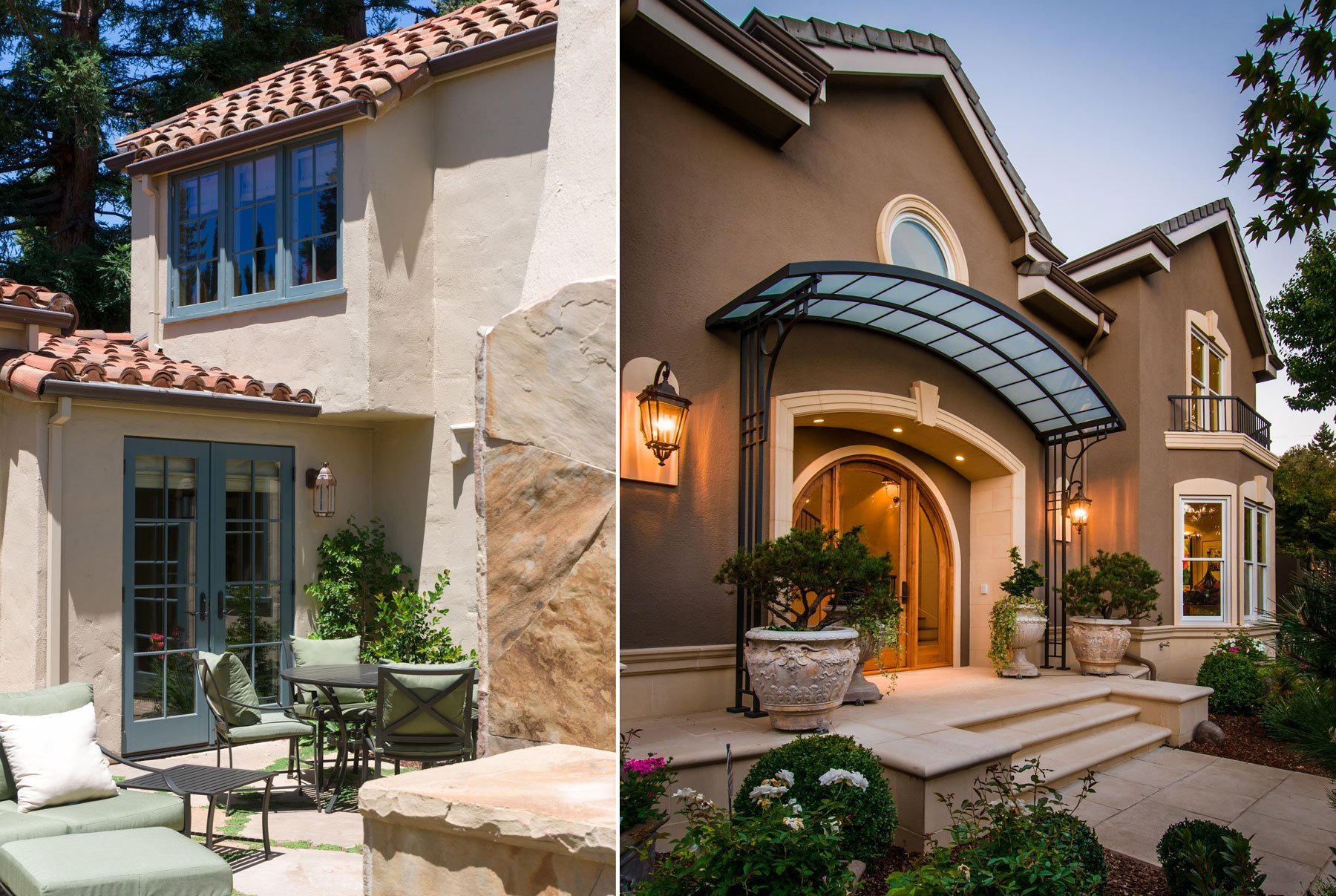
The proper use of materials and design elements also helps to create curb appeal. Dormers with windows, enclosed soffits, gutters and downspouts, vents, and rafter tails that have a distinct design are all ways to add visual appeal to a roofline.
There are also a myriad of roofing materials that can enhance the beauty and resale value of your residence. Certain materials look best with specific architectural styles so it is wise to take this into consideration as well as the pros and cons of each type of roofing.
Thanks to their affordability, approximately 70% of homes in the United States have composition/asphalt shingles. This roofing material comes in an incredible array of colors and profiles, and is a great option for many types of houses. Available in clay, concrete, slate, and fiber cement, tiles are another roofing material that can offer a dramatic profile for the right style of home. Wood shakes, once very popular, offer an attractive, upscale appearance but tend to be considerably more expensive than their composite counterparts. Metal is a great option to achieve a farmhouse look, or for use on a feature area, such as an accent on an entry, dormers, or bay window. Solar tiles are an up and coming roofing product, eventually replacing the large and unsightly solar panels that can often detract from an otherwise attractive roofline.
Designing a roofline that accentuates your home, especially if you are undergoing a significant addition or remodel, can positively impact your curb appeal. It’s critical to ensure your roofline has a balanced appearance, it structurally sound, and properly ventilated. Working with a designer to assist in selecting the finishes, materials, and other elements guarantees a consistent architectural aesthetic and a home that has one heck of a WOW factor!
Let Harrell Design + Build help you achieve a roof with incredible curb appeal! Schedule a complimentary session with one of our talented designers at either our Los Gatos or Palo Alto showrooms.
 One of Harrell Design + Build’s premier designers, Rafael Gomez has a background in Architecture and his extensive design experience brings a bold and forward-thinking edge to the Harrell Design + Build Design + Build team. After graduating from Universidad Autonoma De Guadalajara in 1994 with a Bachelor of Science in Architecture, Rafael became a licensed Architect in Mexico. In 1995 Rafael began his professional career in San Francisco working in both commercial and residential architecture firms. Having worked in the field of design and construction, Rafael possesses a comprehensive design philosophy, which begins with the assumption that design is an intelligent process through which people arrange their environment. Establishing a relationship with his clients based on mutual trust and respect, Rafael carefully listens to client needs to create a custom design that fits their unique lifestyle. Designs that allow for function, durability and longevity are Rafael’s trademark. Thanks to his extensive project feasibility research and collaboration with our production department and engineers guarantee, these designs come to life. Rafael joined the Harrell Design + Build team after 12 years of Design + Build experience. His vision and attention to detail have won him many awards from NKBA kitchen renovations to whole house remodels as well as new homes.
One of Harrell Design + Build’s premier designers, Rafael Gomez has a background in Architecture and his extensive design experience brings a bold and forward-thinking edge to the Harrell Design + Build Design + Build team. After graduating from Universidad Autonoma De Guadalajara in 1994 with a Bachelor of Science in Architecture, Rafael became a licensed Architect in Mexico. In 1995 Rafael began his professional career in San Francisco working in both commercial and residential architecture firms. Having worked in the field of design and construction, Rafael possesses a comprehensive design philosophy, which begins with the assumption that design is an intelligent process through which people arrange their environment. Establishing a relationship with his clients based on mutual trust and respect, Rafael carefully listens to client needs to create a custom design that fits their unique lifestyle. Designs that allow for function, durability and longevity are Rafael’s trademark. Thanks to his extensive project feasibility research and collaboration with our production department and engineers guarantee, these designs come to life. Rafael joined the Harrell Design + Build team after 12 years of Design + Build experience. His vision and attention to detail have won him many awards from NKBA kitchen renovations to whole house remodels as well as new homes.

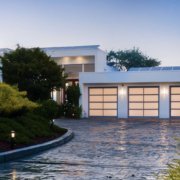


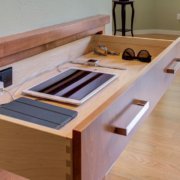
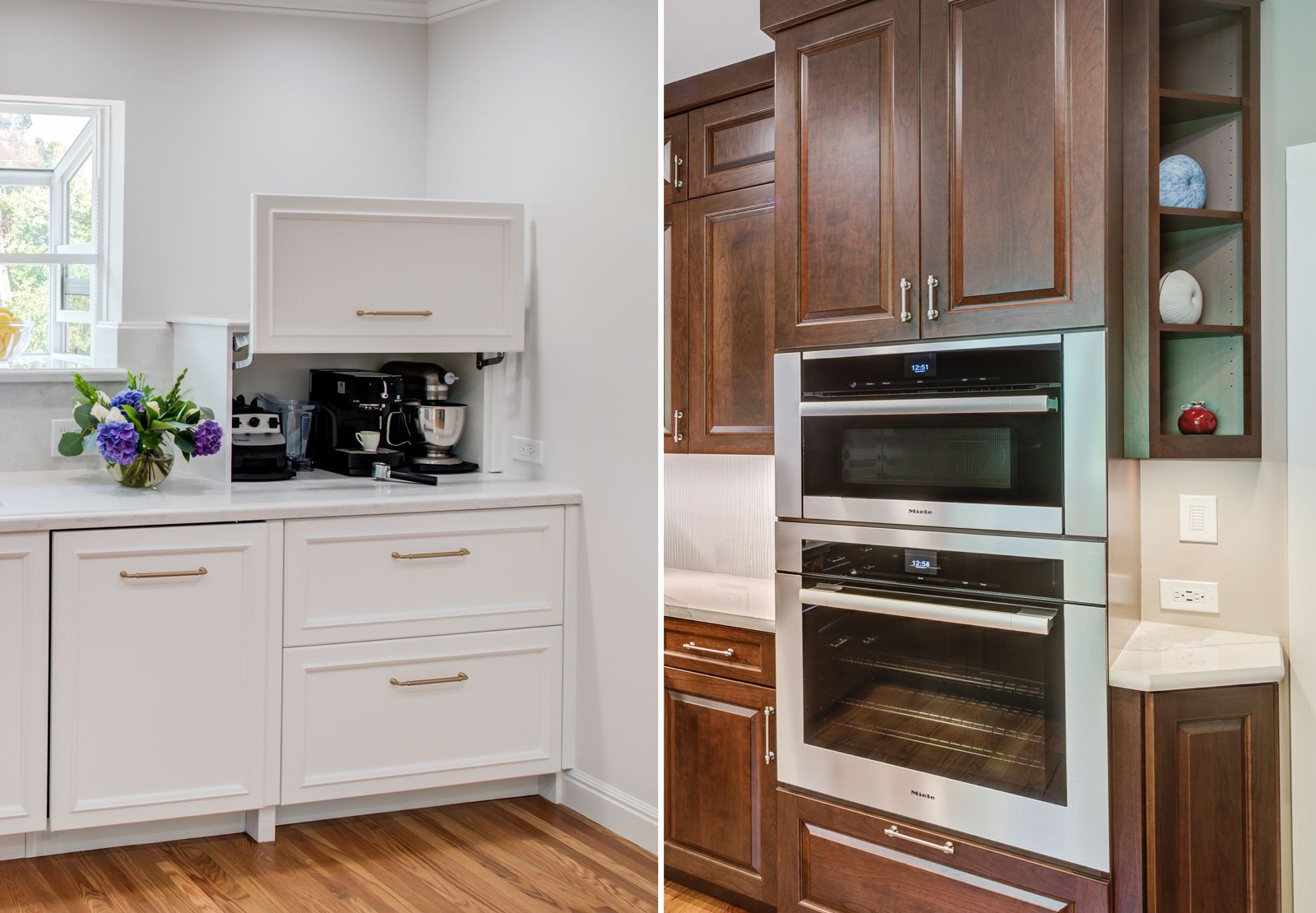
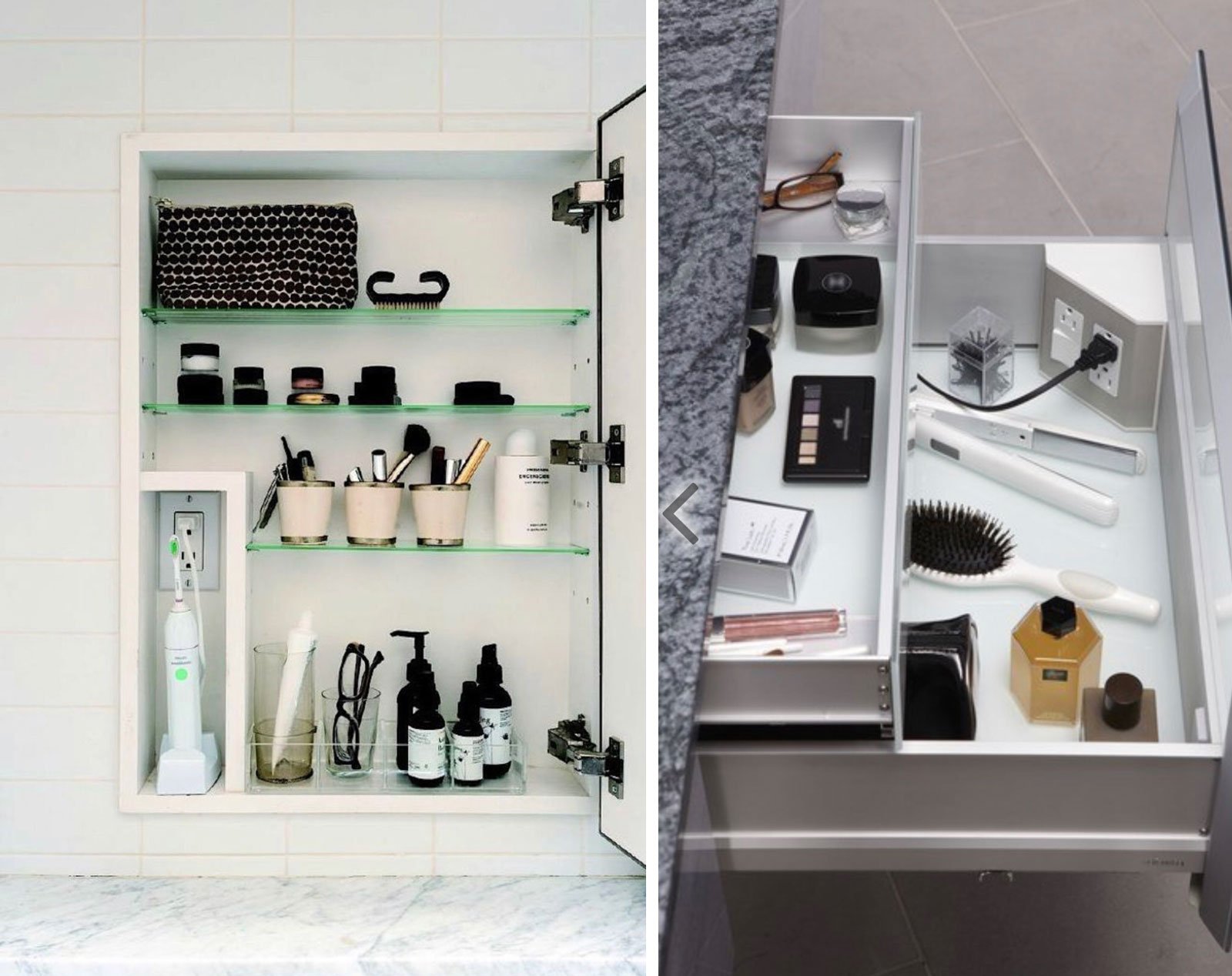

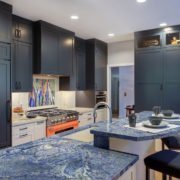
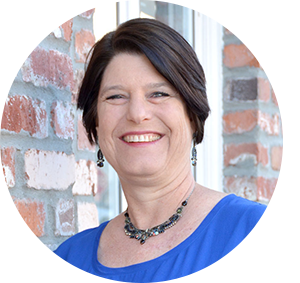 Gloria Carlson, Harrell senior designer, earned two degrees from Stanford University before beginning her career in Speech Technology. When she remodeled her home in 2001, she realized that design was her passion and true calling. She went to work for her contractor and returned to school to study Interior Design at Cañada College, where she specialized in Kitchen and Bath Design and Green/Sustainable Design. Gloria quickly realized that the kitchen was her favorite room to design, and decided to focus her years of training on this specialty, including multiple examinations from the National Kitchen and Bath Association, and earned the title of Certified Kitchen Designer (CKD). Before joining Harrell Design + Build, Gloria worked as a Designer in a Kitchen and Bath showroom, and now she enjoys designing projects of all sizes, from a small bathroom update to whole house interior and exterior remodels and additions.
Gloria Carlson, Harrell senior designer, earned two degrees from Stanford University before beginning her career in Speech Technology. When she remodeled her home in 2001, she realized that design was her passion and true calling. She went to work for her contractor and returned to school to study Interior Design at Cañada College, where she specialized in Kitchen and Bath Design and Green/Sustainable Design. Gloria quickly realized that the kitchen was her favorite room to design, and decided to focus her years of training on this specialty, including multiple examinations from the National Kitchen and Bath Association, and earned the title of Certified Kitchen Designer (CKD). Before joining Harrell Design + Build, Gloria worked as a Designer in a Kitchen and Bath showroom, and now she enjoys designing projects of all sizes, from a small bathroom update to whole house interior and exterior remodels and additions.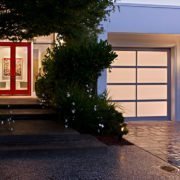
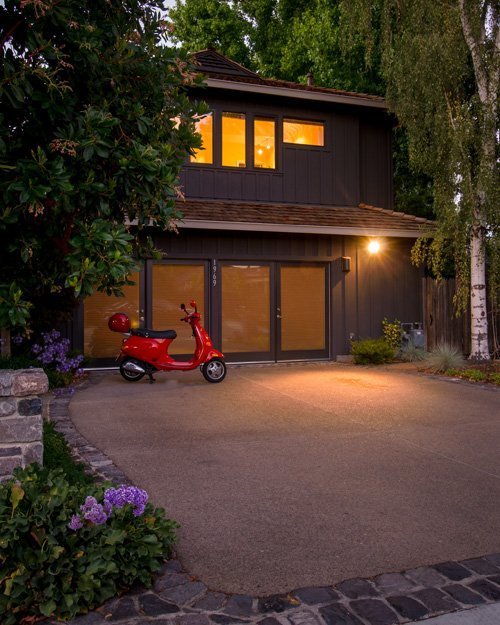
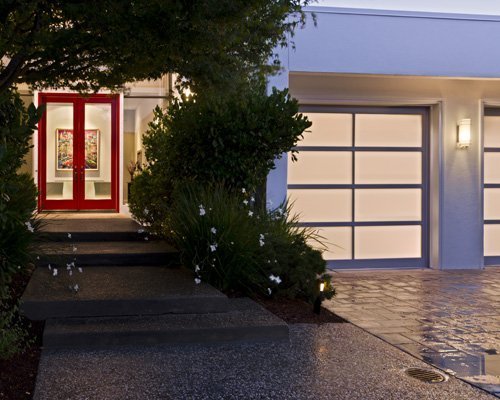

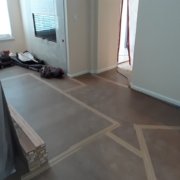

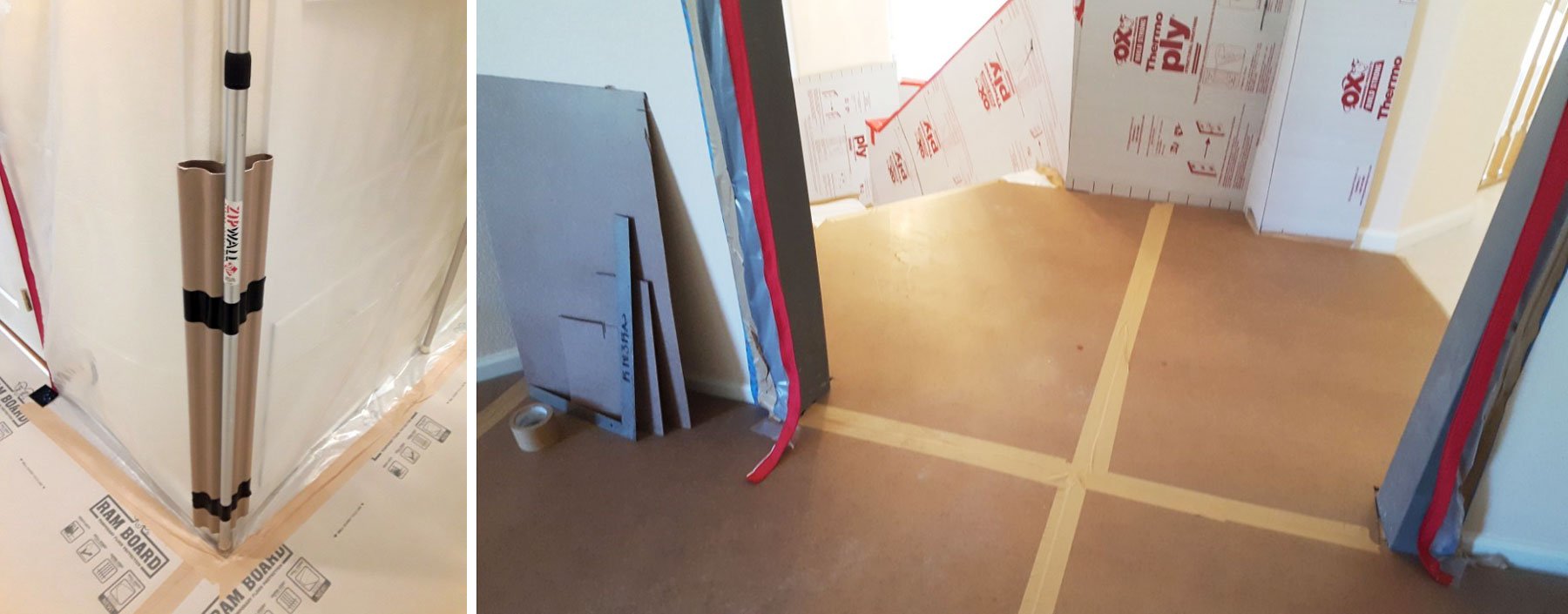
 Mario Rivera began working in the construction trade in 2002, beginning with basic framing. Fascinated by tools and building from a very young age, Mario was hired in 2014 as a carpenter for Harrell Design + Build, working his way to site manager thanks to his diligence, passion, and attention to detail. He firmly believes that the manner in which Harrell Design + Build treats their clients’ homes is just one way in which the company rises above the rest.
Mario Rivera began working in the construction trade in 2002, beginning with basic framing. Fascinated by tools and building from a very young age, Mario was hired in 2014 as a carpenter for Harrell Design + Build, working his way to site manager thanks to his diligence, passion, and attention to detail. He firmly believes that the manner in which Harrell Design + Build treats their clients’ homes is just one way in which the company rises above the rest.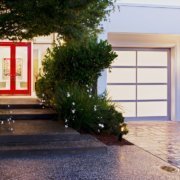
 Color infuses a space with character. There are numerous ways in which homeowners can introduce color throughout their residences. For some, there is no such thing as too much color while others shy away from adventurous hues.
Color infuses a space with character. There are numerous ways in which homeowners can introduce color throughout their residences. For some, there is no such thing as too much color while others shy away from adventurous hues.